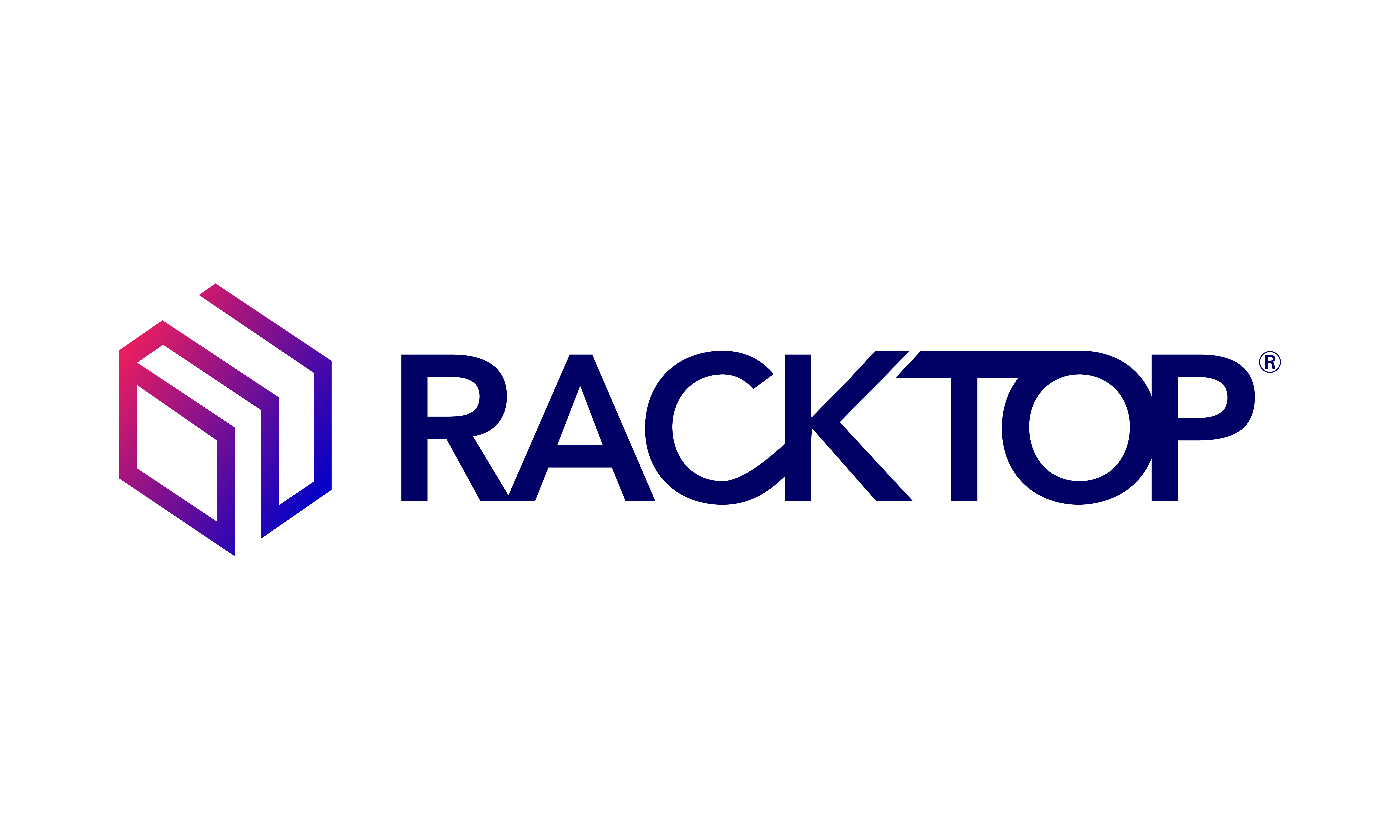The most grave data breaches frequently go unnoticed by their victims. Like breaches from the insider that silently slips away with information and gives it to a foreign power or the advanced persistent threat (APT) that silently lurks within the Information Technology Infrastructure siphoning valuable information. They may never be detected or publicized. The latest bulletin from the National Counterintelligence and Security Center, “Protecting Government and Business Leaders at the U.S. State and Local Level from People’s Republic of China (PRC) Influence Operations” shows how China, like other countries will use the whole of their government and any means possible to infiltrate and steal information from private and public sector organizations to their benefit.
Because many citizens aren’t used to thinking about how they could leverage someone else’s local secrets, Personally Identifiable Information (PII) or other knowledge about an organization, person or technology to advance a political agenda, they don’t realize why they might be a target. However, this bulletin and other facts show the lengths a nation state will go through to further a political agenda, even down to getting information on local citizens it may consider a threat or a potential asset, shill or pawn.
Air gapped networks certainly provide an added layer of protection for organizations against data theft. However, they don’t guarantee it and unfortunately some organizations may be getting a false sense of security. If you look at publicized data breaches, the most damaging data breaches in recent history involved an insider threat illegally taking data off the network and inappropriately disclosing it. One of the most memorable recent ones is Edward Snowden. But those are just the ones you know about. Go back a little further and you have espionage cases that involved insiders who were selling secrets to adversaries and foreign powers for years before they were detected. For years Aldrich Ames and Robert Hanson facilitated data breaches and went undetected by other means and countermeasures.
Today, the amount of information is exponentially more than a decade ago and the ubiquitous and rapid access to data makes it even more challenging to protect using traditional security measures. Organizations are adopting a data-centric zero trust approach to further protect their data against all threats and breaches. However, many organizations are adopting a phased approach to zero trust and focusing too heavily on network security, endpoint agents and multifactor authentication instead of an end-to-end balanced approach that is focusing on data, network, applications, devices, and identity. Many of the investments being made aren’t offering complete mediation. Without more focus on the data and data security, adversaries and especially insiders will continue to create larger and more impactful data breaches.
Organizations who adopt BrickStor SP, a data security and storage solution, can immediately benefit from a solution that employs a data-centric zero trust architecture with continuous remediation to protect their data from insider threats, advanced persistent threats and malware like ransomware. BrickStor addresses all five areas of the NIST Cybersecurity Framework and the Cybersecurity Executive Order. BrickStor’s integrated compliance reports reduce risk and improve cyber hygiene before an attack. The active defense and user behavior analytics enable the detection and mitigation of any threat in real time. These same capabilities allow organizations to create cyber resilience and recover from an attack in minutes.
RackTop’s technology reduces the burden on your staff and even reduces your spending on other backup and security technology. Contact RackTop today to learn more about how you can protect your critical data from any threat while improving resiliency and recovery times.

